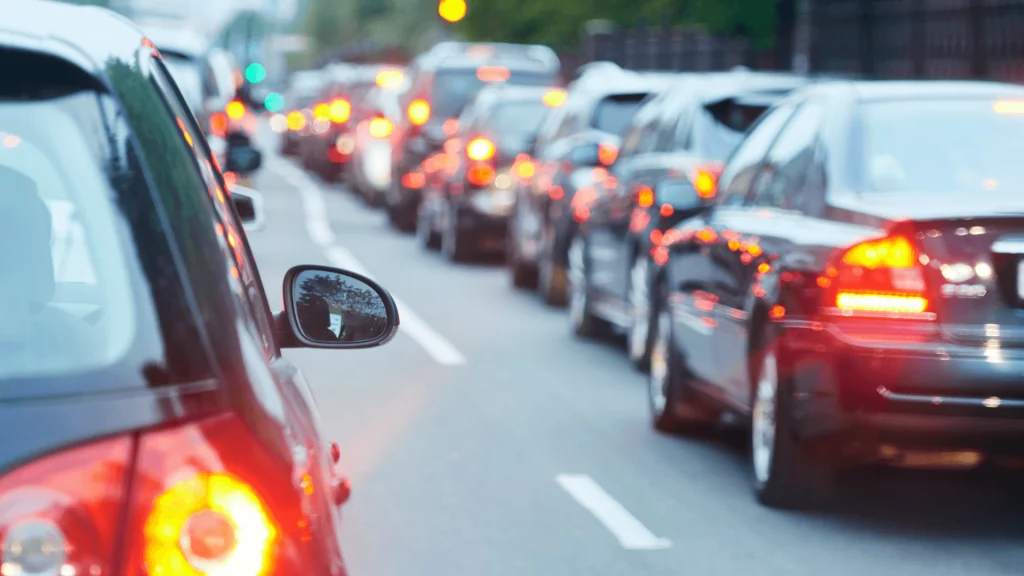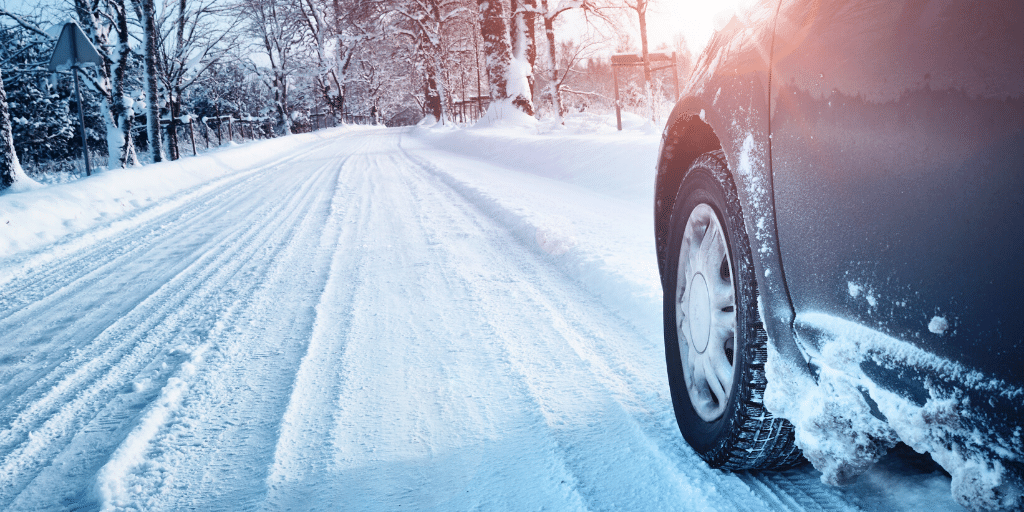How to Safely Evacuate a Local Emergency in Your Vehicle
Share these tips with your residents so they are prepared to evacuate by vehicle in an emergency.
The night sky is heavy with smoke. Tiny, glowing cinders and sooty ash swirls through the air like mist and snow. All that can be seen are rows of taillights as everyone in the town attempts to evacuate the unexpected, deadly wildfire destroying everything in its path. If this sounds like the plot of an action movie, for too many people, it’s a terrible reality that they have lived through—or could face in the future.
Local government public safety and communications teams must arm their residents with safety tips and instructions for how to expeditiously evacuate their community by vehicle in the event of any dangerous local disaster, whether it be a hurricane, wildfire, flood, or devastating winter storm. We’ve compiled the safety recommendations below and encourage local governments to share these tips with their residents.
Put a Proactive Plan in Place and Aggregate Supplies
Every family and household needs a plan to evacuate their neighborhood, town, city, or county by vehicle in the event of an emergency or natural disaster. Familiarize yourself with established evacuation routes in your community. Keep emergency supplies in your car, such as:
- Blanket
- Flashlight
- First aid kit
- Driver’s manual
- Paper maps
- Work gloves
- Carjack
- Lug wrench
- Jumper cables
- Reflective triangles or emergency flares
- Spare fuses
- Duct tape
- Tire inflator
- Tire repair kit
- Auto insurance documentation
- Sand or cat litter to assist with traction in muddy or icy conditions
- A car escape tool kept within reach of the driver’s seat
Keep bags packed for all family members with a few pairs of clothes, shoes, and toiletries that can easily be leveraged in a quick evacuation. Also, keep an emergency bag of non-perishable food items, batteries, bottled water, emergency cash, spare cell phone batteries or chargers, and medications. If you and your family need to evacuate quickly, you won’t want to spend time or mental effort thinking through all the personal items you will each need for an indeterminable period.
Keep Your Vehicle Fueled and in Proper Working Order

If your community is suddenly part of a mass evacuation, finding gas may be difficult or impossible. Keep your car fueled, follow scheduled maintenance on equipment such as oil, filters, antifreeze, and coolant, and top off with windshield wiper fluid. Everything you can do to minimize a roadside breakdown will help you and your family get to safety quickly.
Know Where to Go
Plan where you and your family will go during an evacuation. Make plans in advance with family members or friends who live in neighboring states or areas. If you aren’t able to rely on nearby family, familiarize yourself with hotels off the main interstate that you can safely reach—pet-friendly ones if necessary.
Follow Instructions from Public Safety Officers
While the idea of abandoning your home and belongings may be terrifying, the risk of severe injury or even death is more important than any material possession. Sign up for emergency notifications from your local government. If your public safety team issues an order for all residents to evacuate the area, do so immediately. Do not wait, hesitate, or attempt to ride out the storm or weather pattern. Also, follow recommended safety routes provided by your public safety team, even if they differ from your preferred or planned route. Your public safety team will be monitoring things like flooded roads or downed powerlines that will impede drivers’ progress, so follow their guidance.
Plan for Your Pets
Ensure that your early preparations account for your furry family members too. In your emergency supplies, pack pet food, medications, and extra water so that Fido will be as comfortable as possible during the evacuation.
Keep an Ear on Local News
While you evacuate, listen to your local news station for updates on road conditions, hazards, and safety instructions.
Stay Attentive
Your drive out of town may be long, slow, and could happen at night. Stay alert and awake while you evacuate. If you are traveling with another legal driver, switch who is driving and who is resting so one of you is always feeling fresh and fully capable of staying alert. If you are driving alone and need to pull over to sleep, do so in a safe area once you are outside of the evacuation zone.
Drive Responsibly

Depending on the circumstances surrounding your evacuation, there may be a buzz of panic on the road. Resist the temptation to drive aggressively or speed to get out of the area. A car accident will only impede your ability to evacuate safely.
Follow all traffic laws, road signage, and stop lights, even during an emergency, and drive appropriately based on the current weather conditions. A blizzard, for example, may require slow, persistent speed, regardless of how quickly you want to be out of the area. Most states don’t allow drivers to use their hazard lights while driving, instead requiring that they only are used to make your car visible if you stall on the side of the road. Pull over to the shoulder only if you are experiencing a vehicle issue or you are in an unsafe situation.
Use you’re your low-beam headlights to ensure oncoming traffic can see your vehicle. Avoid using your high beams when there is oncoming traffic or in foggy conditions. Try to stay within the visibility of the car ahead of you to help guide your path, but don’t follow too closely. The driver ahead of you may have visibility limitations, and following too tightly could result in a rear-end collision if the lead driver needs to stop suddenly.
Remember that the amount of time it takes you to reach your destination is less critical than getting there safely. Be prepared to evacuate when your local authorities give the order, and then proceed immediately, but with caution to somewhere safe. By following these tips, you’ll be back home safely as soon as your public safety team announces that conditions are safe.


